The study “Effects of Farinelli Breathing Exercise on Respiratory Function and Symptoms in Patients with Chronic Obstructive Pulmonary Disease” by Supawit Ittinirundorn and team investigates the effectiveness of Farinelli Breathing (FB) exercises in managing Chronic Obstructive Pulmonary Disease (COPD), comparing it with traditional Diaphragmatic Breathing (DB) exercises.
Methodology and Participant Profile
The research involved 16 patients aged between 51 and 80 with mild to moderate COPD. They were divided into two groups for an 8-week breathing exercise program. The study aimed to evaluate changes in respiratory functions, COPD symptoms, cytokine levels, and oxidative stress.
Significant Findings and Outcomes
The study found significant improvements in respiratory functions and COPD symptoms in both groups. Notably, the FB group showed considerable improvements in maximal inspiratory pressure (MIP), maximal expiratory pressure (MEP), maximum oxygen consumption (VO2max), and reduced levels of tumor necrosis factor-α and malondialdehyde. These changes indicate a reduction in inflammation and oxidative stress. The FB group had better results than the DB group in several aspects.
Comparison of FB and DB Techniques
Farinelli Breathing, a technique often used by singers, involves controlled phases of inhalation, suspension, and expiration. This study is one of the first to apply and compare the effects of FB and DB exercises in COPD patients, offering new insights into breathing techniques for pulmonary rehabilitation.
Implications for COPD Management
The findings suggest that Farinelli Breathing could be a beneficial addition to pulmonary rehabilitation programs for COPD patients, providing an alternative to traditional breathing exercises.
Conclusions and Recommendations for Practice
The study concludes that Farinelli Breathing exercises can improve respiratory function and reduce symptoms in COPD patients. This research opens the door to integrating various breathing techniques into COPD management, potentially enhancing patient care and quality of life.



